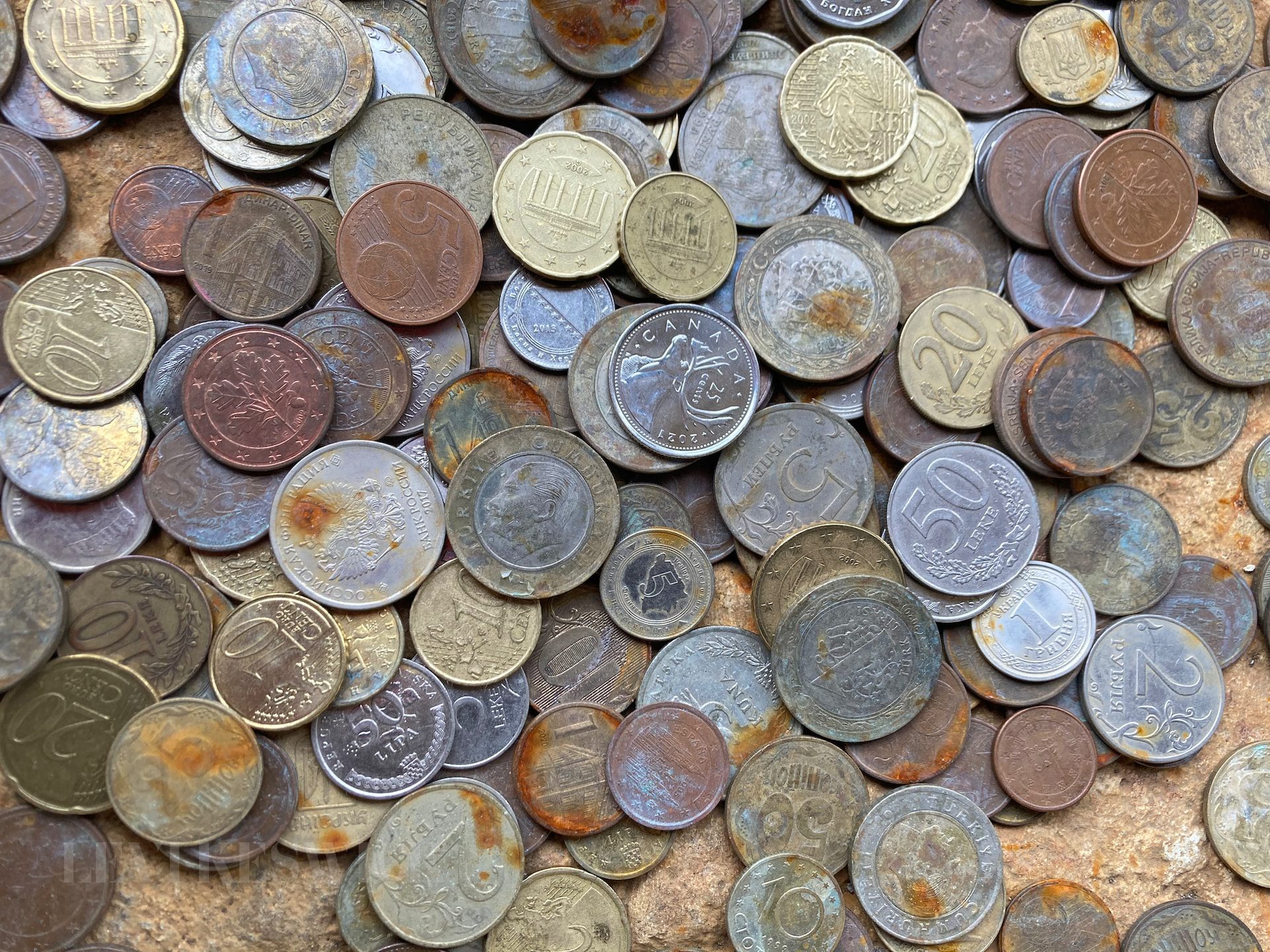Key takeaways:
- Jefferson Nickels, though not classified as bullion, can yield significant profits due to their historical value, rarity, and unique characteristics.
- Rare nickels include those minted during the wartime years, as well as those featuring printing errors or distinct marks, which can significantly increase their worth.
- The story behind the design and minting of Jefferson Nickels is a rich part of American history, intertwining elements of design, metallurgy, and even counterfeit intrigue.
- Learning about these coins and their unique properties can help both coin collectors and investors understand the potential value they may hold.
The Lure of the Jefferson Nickel: More than Meets the Eye
The Jefferson Nickel, first introduced in 1938, features an image of Thomas Jefferson, the third President of the United States, and his home, Monticello, on the reverse side. Over time, some of these 5-cent coins, like the 2000 P Nickel, have proven to have more value than their face worth, due to factors such as their rarity, condition, and unique characteristics.
Journey Through History: From Buffalo to Jefferson
Before the Jefferson Nickel, the 5-cent coin bore the face of a Native American warrior and was dubbed the Buffalo Nickel. However, these coins proved difficult to mint. The shift to Jefferson Nickels in 1938 brought about a new era for this humble 5-cent piece. Today, those who understand the nuances of these coins can capitalize on their value, which can sometimes reach surprising heights.
A Shift in Composition: The Wartime Jefferson Nickels
One significant period for the Jefferson Nickel was during World War II (1942 to 1945), when the usual composition of the coin was changed to include silver. This was due to the crucial role nickel played in manufacturing military equipment during the war. These “wartime nickels,” which comprised of 35% silver, 56% copper, and 9% manganese, have been sought after by collectors and investors for their historical merit and potential melt value.
Unmasking Counterfeit Nickels: The Henning Story
One fascinating chapter in the story of the Jefferson Nickel involves a notorious counterfeiter, Francis LeRoy Henning, who forged Jefferson Nickels, including a batch dated 1944. Although Henning’s fake coins did not have the right weight or mint marks, they’ve become valuable in their own right due to their historical significance. In a twist of irony, some collectors are willing to pay a substantial sum for these counterfeit pieces.
Looking for Errors: Misprints and Value
Sometimes, mint errors can significantly increase the value of Jefferson Nickels. For instance, coins with overstamp errors, double-stamp errors, or those that reveal traces of a previous mint mark can be worth a great deal. However, not all rare nickels necessarily yield high profits. A case in point is the flood of 1950-D nickels onto the market, which decreased their resale value despite their initial rarity.
The Tale of the 2000 P Nickel: A Value Yet to be Discovered
While this article has discussed many valuable Jefferson Nickels from the past, it’s worth noting that even relatively recent nickels like the 2000 P Nickel could potentially hold significant value in the future. Factors that could influence the value of this and similar coins include their condition, rarity, and potential mint errors.
Jefferson Nickels: Not Bullion, But Still Valuable
Though Jefferson Nickels aren’t made of gold or silver (except for the wartime nickels), they can still hold significant value. It’s not about their intrinsic metal value; it’s about their rarity, condition, and unique features that can make them desirable to coin collectors and investors alike.
Honing Your Eye: Collecting Jefferson Nickels
The hobby of collecting coins, known as numismatics, is one that requires patience, knowledge, and a keen eye for detail. When it comes to Jefferson Nickels, understanding the different factors that contribute to a coin’s value can help you identify potential treasures among seemingly ordinary nickels. With time and practice, you can learn to distinguish between a common nickel and one that could be worth much more.
Investing in Jefferson Nickels
Investing in Jefferson Nickels could potentially yield profits, though it’s not as straightforward as investing in stocks or bonds. The value of these coins can fluctuate based on market trends, collector demand, and the discovery of new, rare specimens. Additionally, as with any investment, there’s always a risk. However, if you enjoy the history and artistry behind these coins, collecting and investing in them could be a rewarding pastime.
Conclusion: A Rich Tapestry of American History
The humble Jefferson Nickel may seem like an ordinary piece of change, but its rich history and the potential for hidden value make it far from ordinary. From its initial introduction in 1938 to the intriguing tales of wartime silver nickels and counterfeit coins, there’s more to this coin than meets the eye. Whether you’re a seasoned coin collector or a novice just beginning to explore this fascinating hobby, the world of Jefferson Nickels has a treasure trove of history and potential value waiting to be discovered.








